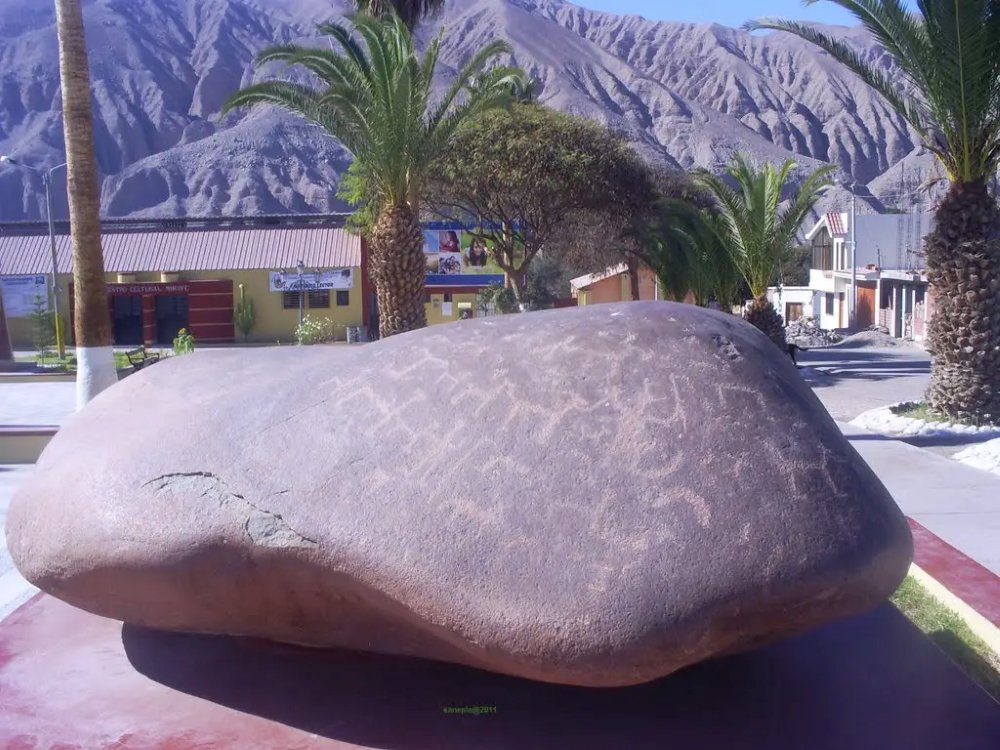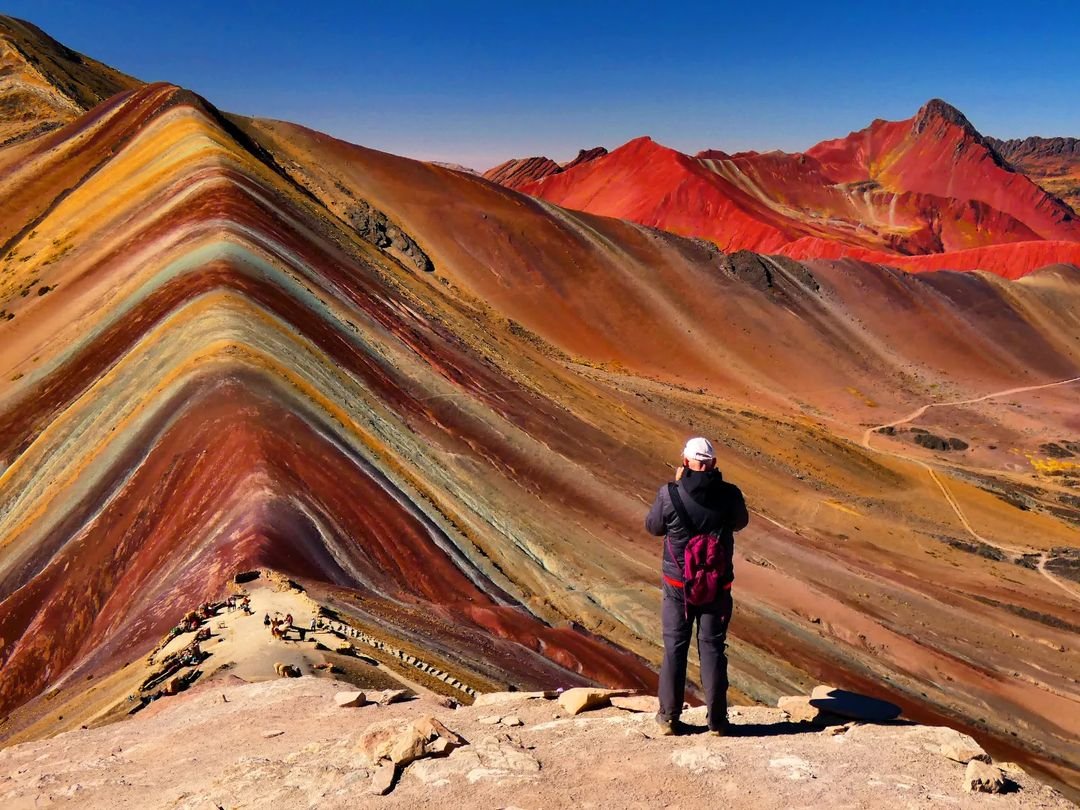Petroglyphs of Mirave Ilabaya | Tacna

Location
The Petroglyphs of Mirave Ilabaya | Tacna are located on the slope of the Cerro Alto el Cairo, in the district of Ilabaya, in the province of Jorge Basadre in the department and region of Tacna.
History
The petroglyphs of Mirave Ilabaya are a group of rock engravings located on the slope of the Cerro Alto el Cairo, in the district of Ilabaya, province of Jorge Basadre, department of Tacna, Peru. It is estimated that their creation dates between the 9th and 15th centuries AD, which places them within the period of development of the Lupaca culture.
- Lupaca Culture:
Lupaca culture originated from the fragmentation of the Tiahuanaco culture around the 9th century A.D. It developed mainly in the regions of Puno, Moquegua and Tacna, ranging from the highlands to the coast. The Lupacas were skilled farmers, herders and weavers, and were noted for their complex social and political organisation.
- Significance of the petroglyphs:
The petroglyphs of Mirave Ilabaya depict zoomorphic (camelids, llamas, vicuñas) and human figures, as well as scenes of everyday activities such as herding. It is believed that these images had religious and ritual significance for the Lupaca culture, and served as a form of communication and expression of their worldview.
- Discovery and research:
The Mirave Ilabaya petroglyphs were discovered in 1986 by archaeologist Edgar Seddon Valdivia. Since then, they have been the subject of various investigations that have led to a better understanding of their significance and cultural value.
Cultural importance:
The petroglyphs of Mirave Ilabaya are an important cultural legacy of the Tacna region and of Peru. They are a valuable source of information on the life, beliefs and practices of the Lupaca culture, and contribute to an understanding of the pre-Columbian history of southern Peru.
Characteristics of the engravings:
- Support: diorite-grained rock, similar to the stone of the Twelve Angles in Cuzco.
- Technique: Percussion.
- Motifs: Zoomorphic figures (camelids, llamas, vicuñas) and human figures. Scenes of daily activities such as herding.
- Dimensions: The petroglyphs vary in size: The petroglyphs vary in size, from a few centimetres to several metres.
State of conservation:
The Mirave Ilabaya petroglyphs are exposed to various threats, such as natural erosion, vandalism and uncontrolled tourism. It is important to implement conservation measures to protect this cultural heritage and guarantee its preservation for future generations.
How to get there?
The Mirave Ilabaya Petroglyphs can be reached by car from Cusco in a journey of approximately 12 hours and 9 minutes, covering a distance of 419 miles (674 kilometres). The main route is the Carretera Longitudinal de la Sierra Sur/Ruta 3S.
Recommendations for your trip:
Plan your route in advance: Check road conditions and weather before you leave.
Take enough food and water: The journey can be long, so it is important to be well hydrated and well fed.
Fuel up: Make sure you have enough fuel for the entire trip.
Respect traffic rules: Drive with caution and respect traffic rules.
Enjoy the scenery: The road to the Mirave Ilabaya Petroglyphs offers beautiful views of the Peruvian highlands.











